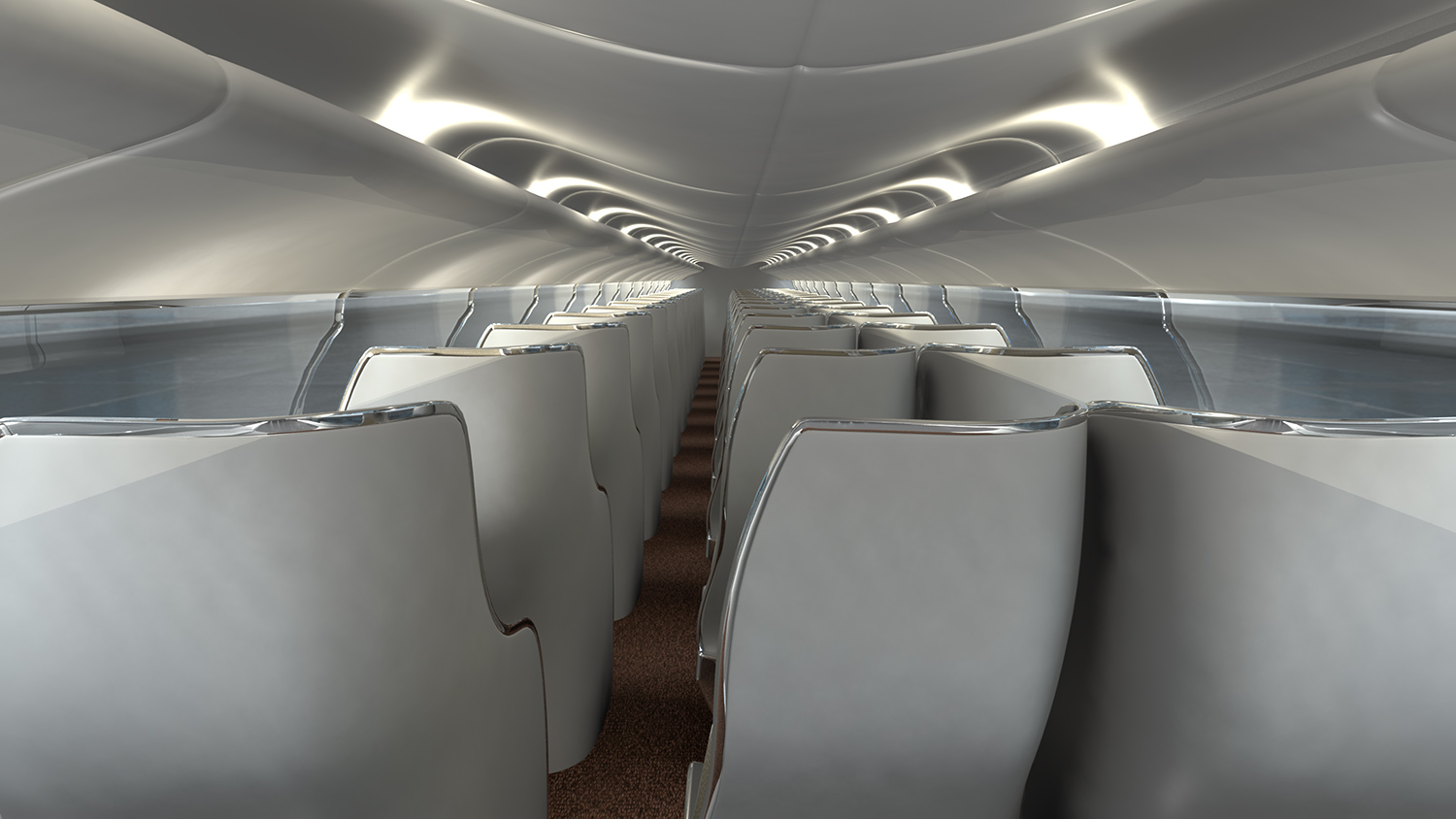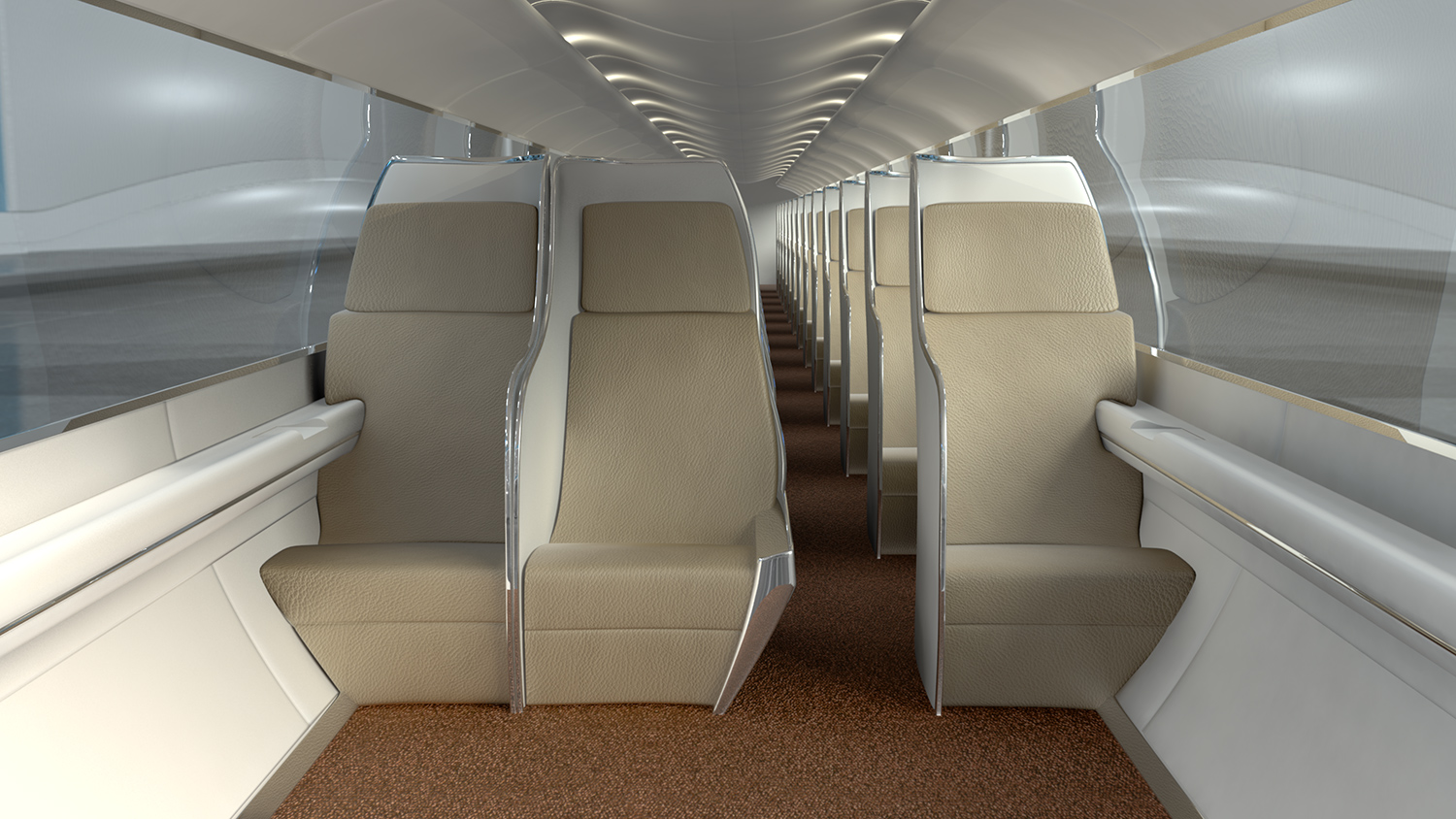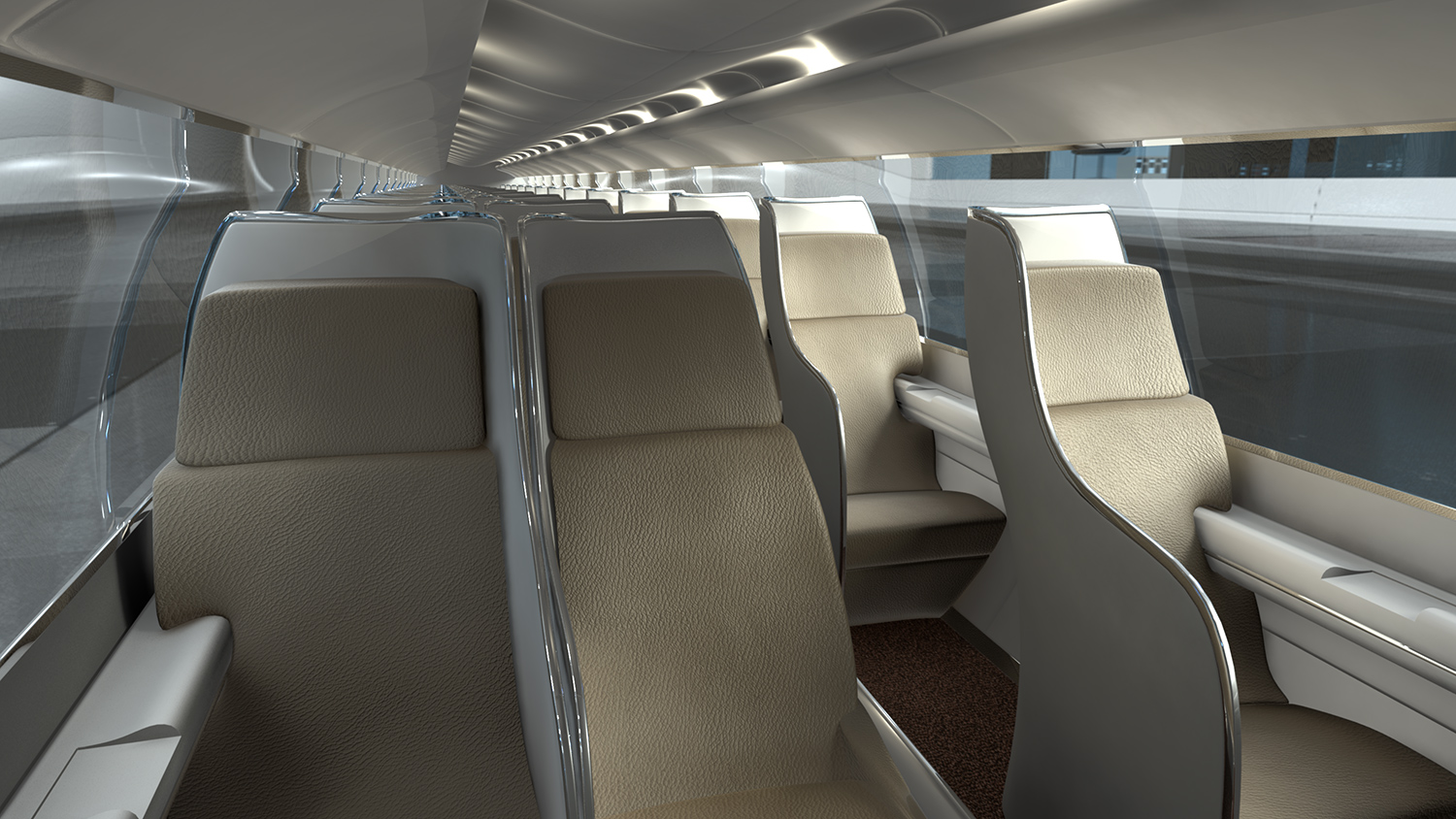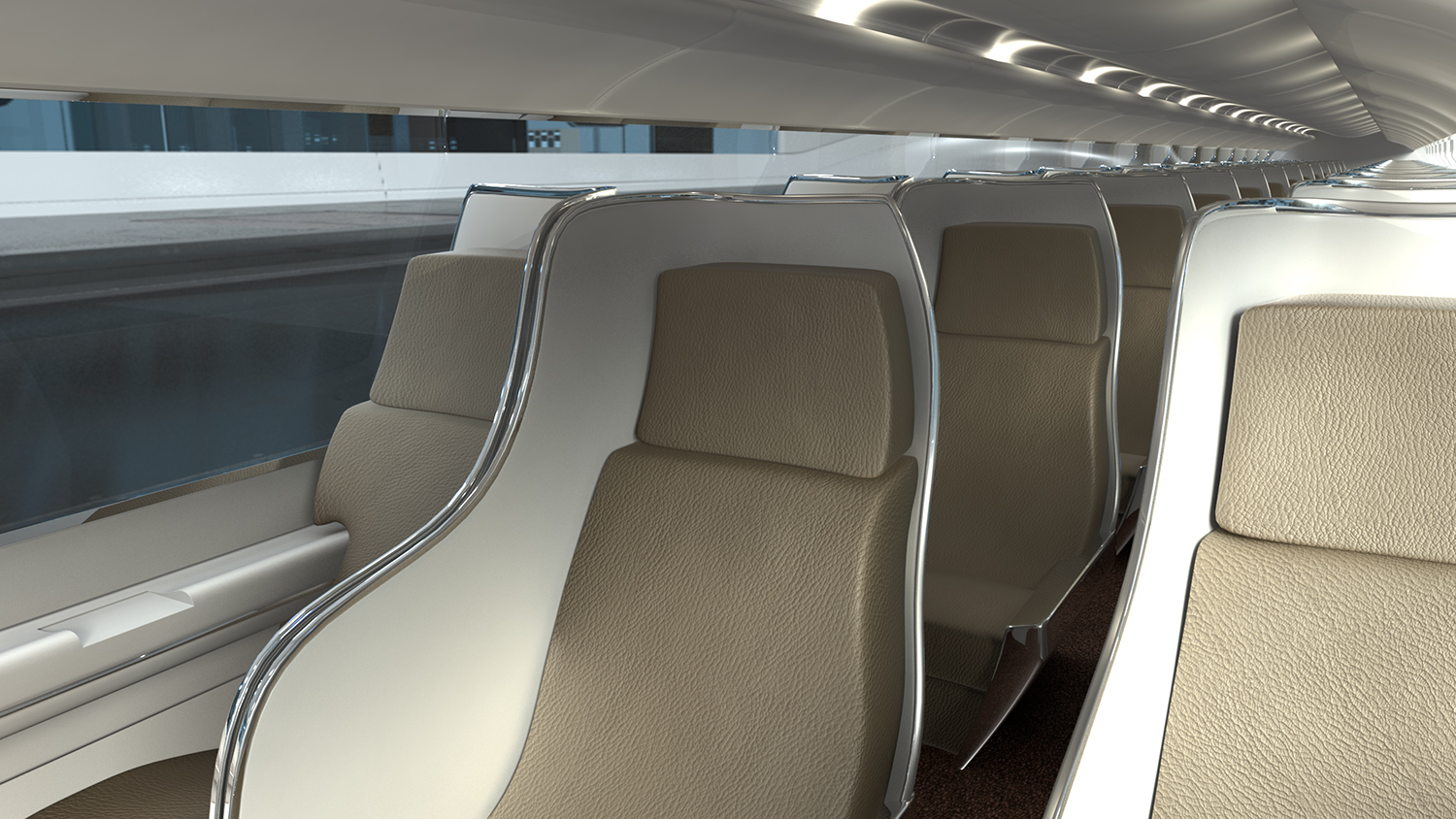Elon Musk’s uber-futuristic vision of high-speed transportation jumped back into the spotlight this week as Hyperloop Transportation Technologies — not to be confused with rival startup Hyperloop Technologies — filed a construction permit to begin building a test track in Quay Valley, California. Once the permit is officially approved, HTT says it will begin constructing the 5-mile track alongside the I-5 freeway, giving those commuting to and from work each day a sneak peek at the innovative tech.
Like Hyperloop Technologies, HTT hopes to have a full-blown, passenger-ready system up and running by the end of the decade.
For those in the dark about the Hyperloop, it’s essentially a high-speed transportation system comprised of massive tubes spread between two different locations. Each tube consists of a highly controlled environment that makes it possible to fling capsules (containing people) at absurdly high speeds; we’re talking upwards of 700 miles per hour. Think of it as a human-sized pneumatic tube — i.e. those vacuum chutes at banks that whisk parcels of money away in the blink of an eye. It’s utterly groundbreaking … if it becomes a reality, that is.
In a published press release, HTT says it intends to begin on-site preparation of the test track in the next few weeks before beginning construction in earnest by the end of 2016’s second quarter. Currently, the company says it’s combing through what it calls an “overwhelming response” to a Request for Interest (RFI) it sent out to just shy of 100 different companies. As it combs through candidates, HTT will also be conducting a geotechnical investigation of the site to determine the best places to install the track’s pylons, structures that will hold the Hyperloop tubes.
“After two and a half years of research and development our team has reached another important milestone. This will be the world’s first passenger-ready Hyperloop system,” said HTT’s CEO Dirk Ahlborn in the release. “Everyone traveling on California’s I-5 in 2016 will be able to see our activities from the freeway.”
As soon as HTT completes its geotechnical survey, the company says it plans on utilizing drone technology to comprehensively map the site. With a proper map, it will then decide the best locations for the Hyperloop track’s corridor, stations, and various pylons. Once completed, HTT says first optimizations of the completed track should be finalized by 2017, with a full public opening tentatively scheduled for 2018.






